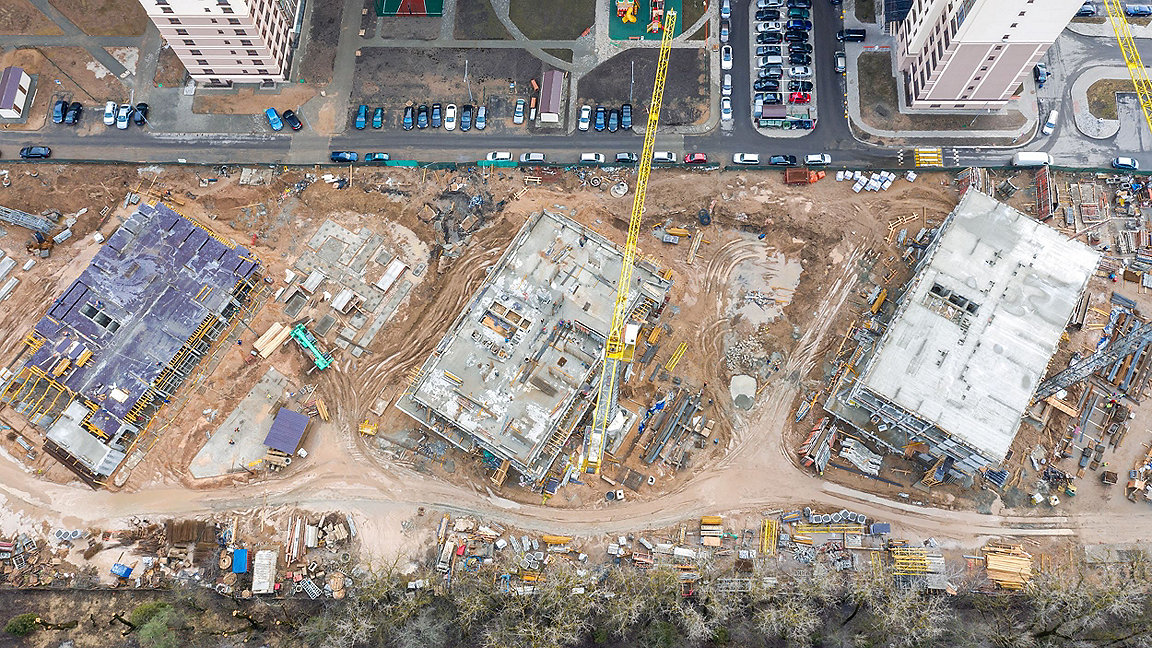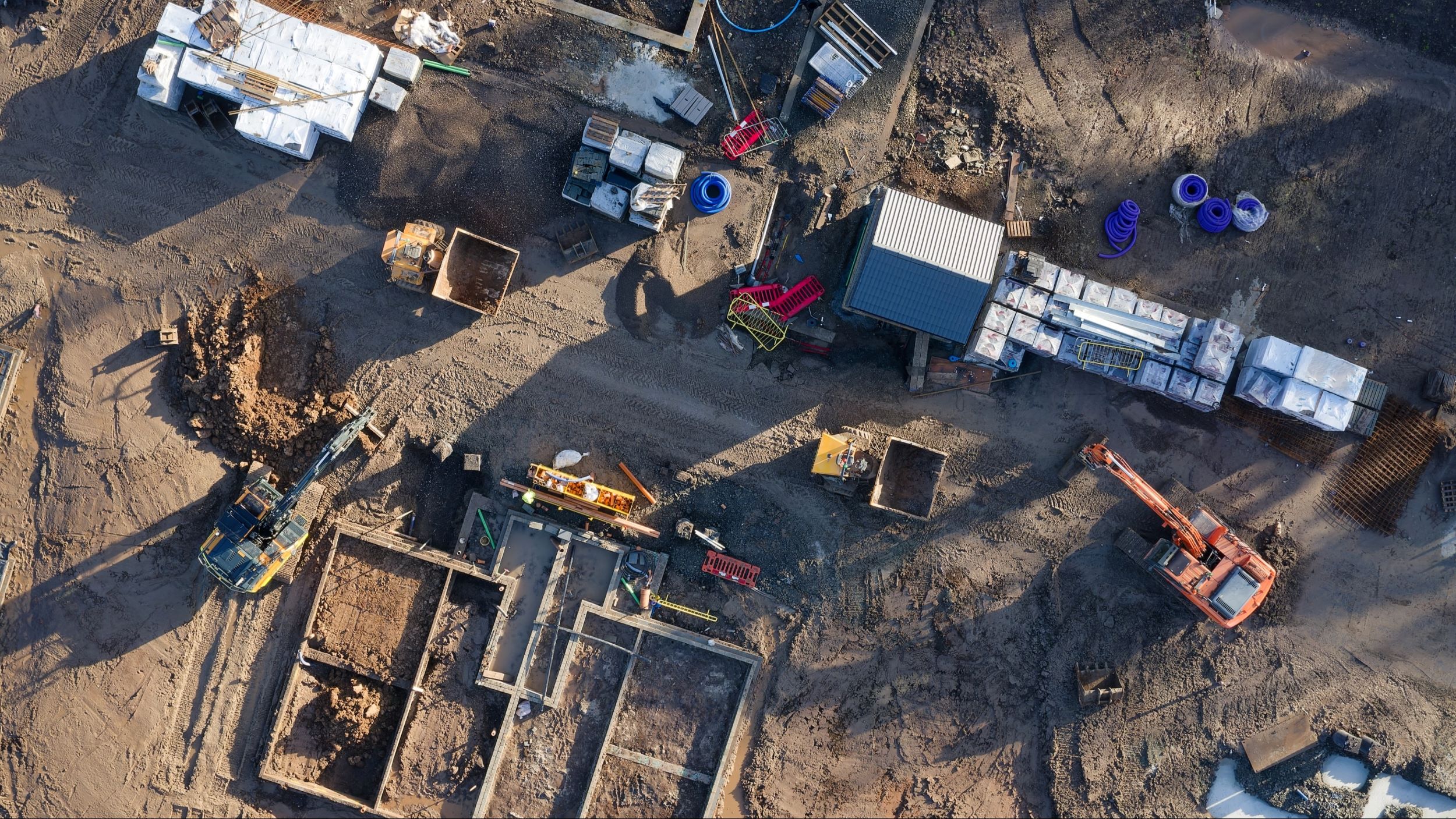
As with cost accounting, effective carbon measurement and reporting have three requisites: a consistent methodology, a reliable dataset and a well-trained workforce.
It's fair to say that until recently the construction industry has not had all three readily available together, which has made accurate carbon reporting difficult.
With RICS' Whole life carbon assessment for the built environment (WLCA) standard we now have a consistent methodology, which is crucial for making meaningful comparisons between projects, regions and time periods.
Meanwhile BCIS launched the Built Environment Carbon Database (BECD) in 2023, to provide a reliable source of emissions data for such assessments.
This is intended to be the main source of carbon estimating and benchmarking in the industry, with free-to-access repositories of data for built-asset WLCAs and product life-cycle assessments.
As for the well-trained workforce, carbon measurement has typically been treated as a separate discipline, often handled by sustainability consultants or carbon accountants.
This has created silos, with cost and carbon usually calculated in isolation – which leads to inefficiencies, especially duplication in the collection and analysis of data and a lack of connection between financial and environmental considerations.
Quantity surveyors can help resolve this issue. Their expertise in cost analysis, meticulously quantifying expenditure across a project's life cycle, parallels the requirements for carbon estimation.
Tool integrates cost and carbon reporting
At BCIS, we've developed tools and data to enable quantity surveyors to measure and report cost and carbon values simultaneously.
This may sound easy, but unfortunately carbon data is often reported in units different from those commonly used for costing purposes, and translating between them has been a long and arduous process.
BCIS' Life Cycle Evaluator (LCE) is a new dataset and tool that enables users to complete carbon assessments for projects at the same time as cost assessments.
Developed in accordance with the structure set out in the WLCA professional standard, LCE produces compliant assessments as well as reports in other formats, including NRM1 and NRM3.
It allows users to answer questions such as how much more a greener solution in a design is going to cost, if anything, when the whole life cycle is taken into account.
Using LCE, a quantity surveyor can compare likely construction, renewal, operation, maintenance and end-of-life costs alongside the embodied carbon emissions of different products.
This enables more balanced, informed decision-making that prioritises sustainability without disregarding budget constraints.
Standardised units help streamline process
Producing WLCAs can be complex, but we've designed the evaluator to streamline the process, calculating costs at the same time to reduce the need to collect data twice.
Following the carbon modules of the professional standard, a simple process takes the user through the inputs, with a lot of the work required for compliance already done. This includes standardised units of measure for materials and converted carbon values where necessary.
As anyone who has worked with product carbon data will know, a common problem when comparing options is that one manufacturer might record emissions per litre on an Environmental Product Declaration (EPD) while another uses the amount per square metre.
We've done a lot of work translating and converting the various outputs of carbon data to align with the units of measurement used for estimating and controlling costs. This ensures EPDs are compared like for like, supporting better-informed decisions.
After entering the project details – location, base date, duration, size and so on – components are added to the tool. LCE uses BCIS cost data for this, drawing from thousands of construction materials and preassemblies of components and activities.
These have been mapped to carbon records in BECD, which means you can see values for both cost and carbon together on the screen, and switch materials and components in and out to see the different impacts on overall cost and carbon.
Components can also be added manually and saved for future projects.
Each component has detailed build-ups for labour, plant and materials, which also vary according to whether it is a construction, inspection, maintenance, renewal or replacement activity.
Crucially, while many tools make crude assumptions for on-site carbon emissions, which is module A5 in the standard, LCE contains detailed data for construction plant so the outputs are much more accurate and representative.
Evaluator offers flexibility on inputs and cost overviews
To help with early-stage calculations where detailed specifications may not yet be available, we're adding archetype models to the tool, containing pre-populated components for a range of common building types.
There is also the option to add as many details to the project ancillaries as are known. These include operational energy and utilities, facilities management, operation and management, in-use emissions and end-of-life activities.
Further inputs include contractor preliminaries, overheads and profit, project fees and other costs. Finally, carbon values for transport can be added for each activity of a component, or as aggregated values.
LCE's reporting function presents the costs and carbon for the construction, operation and whole-life phases of the project.
These can be viewed on a dashboard, highlighting the top ten costliest and most carbon-intensive materials by element or material type. This makes it easier to identify those that may require more attention to reduce their impacts.
For operation and whole-life stages, a summary for the reference study period set – for example a 60-year lifespan – shows annual and cumulative totals for cost and carbon, covering activities beyond the initial construction phase such as inspections, cleaning, maintenance, repair and replacement.
Assessment training presents opportunity for profession
The training necessary to undertake carbon assessments is also an opportunity to enhance quantity surveyors' marketability, ensuring their relevance in a rapidly evolving industry.
A BCIS poll held during a cost and carbon webinar found that 45% of participants thought offering WLCAs would definitely enhance their services, while a further 34% thought it probably would.
Source: BCIS May 2024 poll. Ask the experts: combining cost and carbon in construction
Clients are increasingly seeking consultants who can offer a comprehensive approach, and we know the trend is towards more of them asking for WLCAs on projects, even without a national mandate.
As green building certifications and sustainable financing become more prevalent, the ability to assess carbon alongside costs is an increasingly sought-after skill.
This shift will undoubtedly require upskilling and support: the BECD poll also identified that only 16% of construction professionals felt confident that they were adequately trained to calculate and report carbon emissions.
BCIS is committed to developing tools and services that empower surveyors. One of our main aims for LCE is that anybody familiar with cost estimating and reporting will recognise and be comfortable with the tool's straightforward process.
Ultimately, decarbonisation is a journey that we must take together. Industry bodies, training providers and employers must all work to raise awareness, provide accessible training and foster a culture of shared responsibility.
RICS members can enjoy reduced rate
For a limited period, we're offering RICS members a three-month subscription to LCE from just £50. If you are interested in finding out more, please register your details on the BCIS website.
We want to help quantity surveyors upskill and increase their expertise in carbon accounting so more projects can benefit from carbon-reduction efforts and we can make a tangible difference to industry emissions.
IEMA pathways to net zero e-learning
On demand | 14 hours CPD
Gain the practical skills you need to drive your organisation's sustainability efforts and earn an internationally recognised certification from IEMA, highly valued by employers.
This new e-learning offers practical strategies for cutting emissions and developing a decarbonisation plan.

